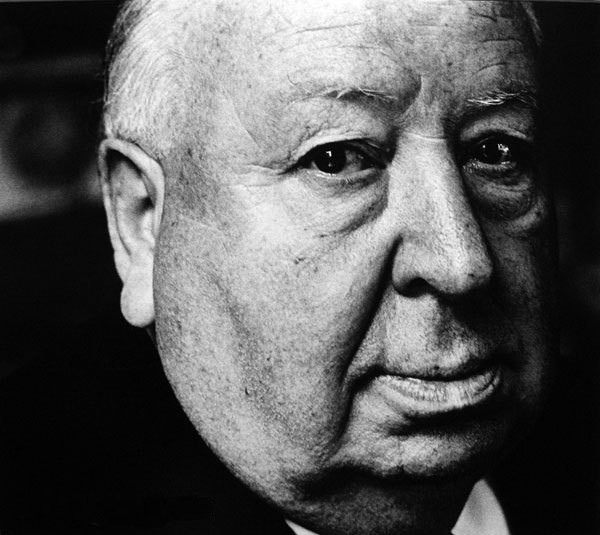
NEW YORK—The new documentary “Hitchcock/Truffaut” delves into one of the most beloved movie books there is. Few match the conversations between Alfred Hitchcock and Francois Truffaut, but there are others, from interview-based books like “This Is Orson Welles” by Peter Bogdanovich, to great biographies like Elia Kazan’s “A Life.” And there are more being written all the time, like last year’s “Five Came Back,” an account of post-World War II Hollywood by Mark Harris.
Here are five others that should find a place on any cinephile’s bookshelf:
“Making Movies,” Sidney Lumet. The great New York filmmaker goes through how he makes movies with the same straight-forward clarity as his films. Nuts and bolts from a master.
“Negative Space: Manny Farber on the Movies,” Manny Farber. Some might prefer a collection of another critic, say Pauline Kael or Andrew Sarris. There are many vital ones, but Farber remains foundational, especially when it comes to his fondness for what he called “termite art.”
“Easy Riders, Raging Bulls,” Peter Biskind. Among the many colorful histories of Hollywood, few match Biskind’s tales of the wildness, on screen and off, of the ’70s.
“A Biographical Dictionary of Film,” David Thomson. First published in 1975 but frequently updated since, Thomson’s is a singular attempt to appraise each significant director and star of movie history. Though it’s alphabetized like a dictionary, it’s no simple reference book. Thomson’s definitions are his own: provocative, thoughtful and distinct.
“Film Noir: An Encyclopedic Reference to the American Style,” Alain Silver and Elizabeth Ward. This is a straight-ahead reference book, but it’s one of the most exhaustive and beautiful: the only way to hold the greatest movie genre right in your hands.